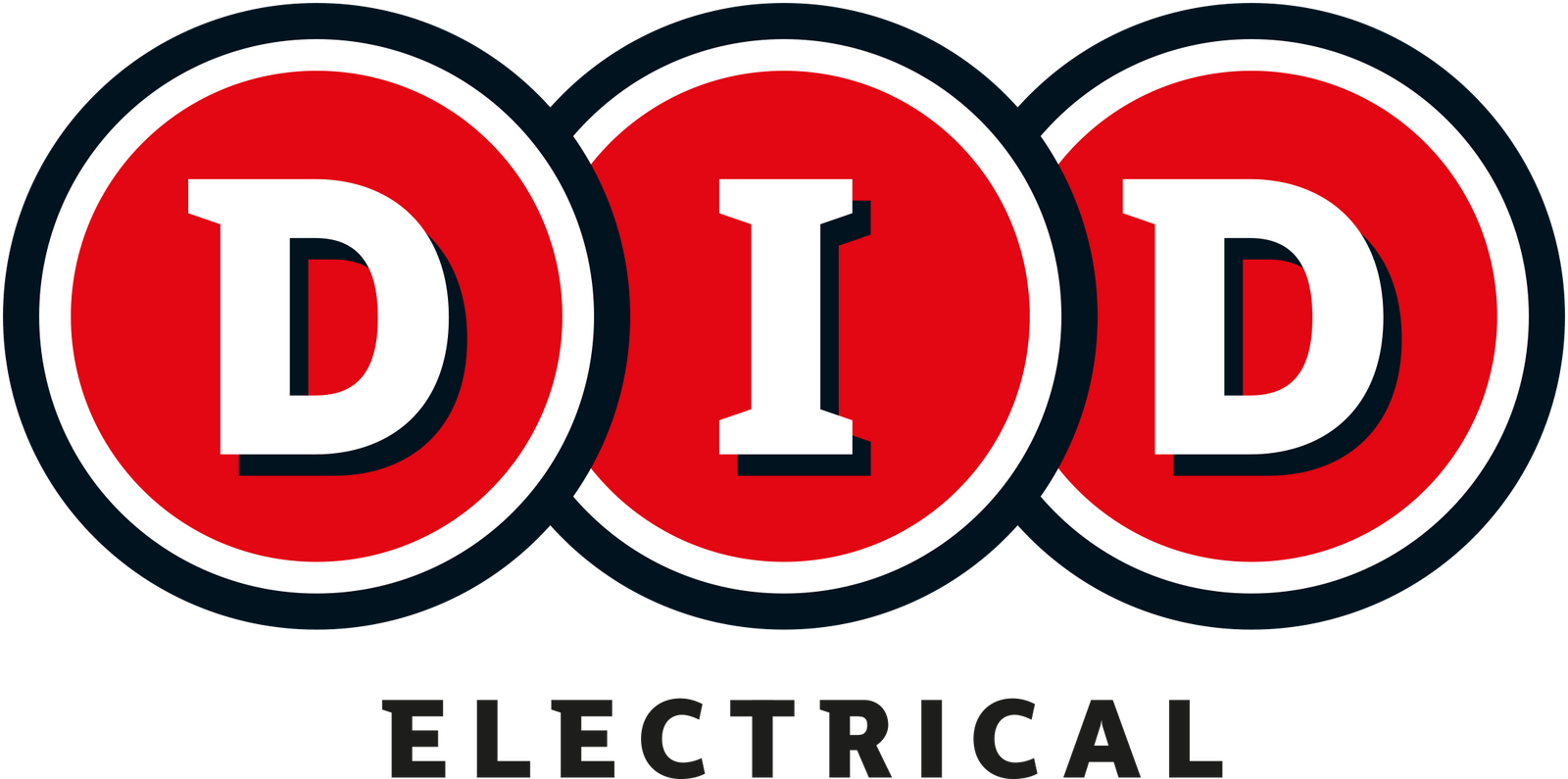Tumble Drying doesn't need to cost the earth
With climate change being a pressing issue, many homeowners are now looking for ways to reduce their carbon footprint. One of the ways to do this is by investing in an energy-efficient tumble dryer. Not only can these machines help save the environment, but they can also save you money on your energy bills in the long run. In this article, we'll take a closer look at the best types of energy-efficient tumble dryers, including heat pump technology, and discuss their pros and cons.
Types of energy EFFICIENT Tumble dryers
There are several types of energy-efficient tumble dryers on the market today. Here are some of the most popular ones:
- Heat Pump Tumble Dryers: Heat pump tumble dryers are one of the most energy-efficient options available today. They use a refrigeration system to heat the air, which then passes through the drum and dries your clothes. Unlike traditional vented dryers, heat pump tumble dryers reuse the warm air, which means they use less energy and are more environmentally friendly. However, they tend to be more expensive than other types of tumble dryers.
- Condenser Tumble Dryers: Condenser tumble dryers are another popular option. They work by removing moisture from the air and collecting it in a container that you can empty after each cycle. They don't require a vent, which means they can be installed anywhere in your home. However, they tend to be less energy efficient than heat pump tumble dryers.
- Vented Tumble Dryers: Vented tumble dryers work by expelling moist air through a hose that leads outside your home. They tend to be the least expensive type of tumble dryer, but they are also the least energy efficient. They require a vent, which can be inconvenient to install, especially if your laundry room is far from an outside wall.

Pros and Cons of Each Type of Tumble Dryer
Now that we've covered the types of energy-efficient tumble dryers available, let's take a closer look at the pros and cons of each type.
Heat Pump Tumble Dryers: Pros:
- Energy efficient: Heat pump tumble dryers are the most energy-efficient option available today.
- Gentle on clothes: They operate at a lower temperature than traditional tumble dryers, which means they are gentler on clothes and can help prevent shrinkage.
- Versatile: They can be installed anywhere in your home, and they come in a range of sizes to suit your needs.
Cons:
- Expensive:Heat pump tumble dryers tend to be more expensive than other types of tumble dryers.
- Longer drying time: They may take longer to dry clothes than traditional tumble dryers.
Condenser Tumble Dryers: Pros:
- Versatile: Condenser tumble dryers can be installed anywhere in your home, and they come in a range of sizes to suit your needs.
- Easy to use: They don't require a vent, which means they are easy to install and use.
Cons:
- Less energy efficient: Condenser tumble dryers tend to be less energy efficient than heat pump tumble dryers.
- Higher running costs: They tend to have higher running costs than heat pump tumble dryers.
Vented Tumble Dryers: Pros:
- Inexpensive: Vented tumble dryers tend to be the least expensive option.
- Quick drying time:They tend to dry clothes faster than other types of tumble dryers.
Cons:
- Less energy efficient: Vented tumble dryers are the least energy-efficient option.
- Require a vent:They require a vent to expel the moist air, which can be inconvenient to install.
Energy Effecient Tumble Dryers FAQ
1. How much can I save by using an energy-efficient tumble dryer?
Using an energy-efficient tumble dryer can save you money on your energy bills in the long run. The amount you save depends on several factors, including the type of tumble dryer you choose, the size of your household, and how often you use your tumble dryer.
2. Do Heat Pump tumble dryers have a condenser unit or are they vented?
Heat Pump tumble dryers have a condenser unit instead of being vented. Unlike traditional tumble dryers that release hot, moist air through a vent, heat pump dryers use a heat exchanger to remove moisture from the air, which is then drained into a water tank or drained away. The heat exchanger then reheats the air and recirculates it back into the dryer. This makes heat pump dryers more energy-efficient and suitable for use in a variety of settings, as they do not require an external vent to be installed.
3. Are heat pump tumble dryers worth the investment?
While heat pump tumble dryers tend to be more expensive than other types of tumble dryers, they can save you money on your energy bills in the long run. They are also more environmentally friendly, making them a worthwhile investment if you are looking to reduce your carbon footprint.
4. Can I install a condenser tumble dryer anywhere in my home?
Yes, you can install a condenser tumble dryer anywhere in your home as long as there is a power source nearby.
5. Are there any downsides to using a vented tumble dryer?
Vented tumble dryers tend to be the least energy-efficient option and require a vent to expel the moist air. This can be inconvenient to install, especially if your laundry room is far from an outside wall.
In conclusion, investing in an energy-efficient tumble dryer is not only good for the environment but can also save you money on your energy bills in the long run. Heat pump tumble dryers are the most energy-efficient option available today, but they tend to be more expensive than other types of tumble dryers. Condenser tumble dryers are versatile and easy to use but are less energy efficient than heat pump tumble dryers. Vented tumble dryers are the least expensive option but are also the least energy efficient. Consider your needs and budget when choosing a tumble dryer and always look for the Energy Star label to ensure you are getting an energy-efficient machine.










